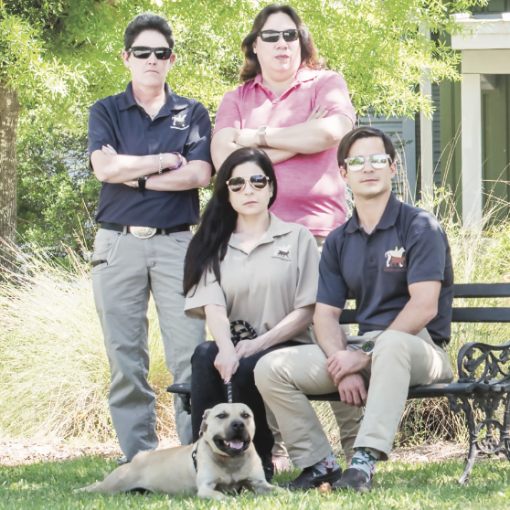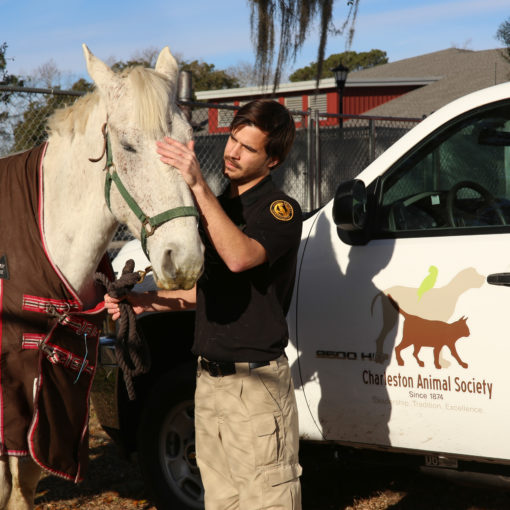By Teri Errico
Photos by Nolan Schillerstrom
Living in the Lowcountry means enjoying two things year round: coastal views and ideal weather. Both of these luxuries make it a perfect place for bird watching. Whether you’ve been observing for years or want to get started, Nolan Schillerstrom, Coastal Program Coordinator with the Audubon Society, provides all the tips you need! Your only requirements are a set of binoculars and the love of a good walk.
As you head out to discover all the beautiful types of birds found in our area, binoculars will be your best companion If you don’t have a pair, consider borrowing a set to start out—or even better, join one of the Audubon Society’s Bird Walks and they’ll provide you a pair for free. (Most walks are also free!) Schillerstrom highly recommends joining a Bird Walk to learn the basics. A beginner will get the scoop on bird watching rules and what birds are popular in your particular area.
While any time of year is a wonderful time to bird watch, beginners should pick up their new hobby in springtime. “You’re going to see a lot of amazing birds and they’re going to be in their very recognizable breeding plumage in spring,” Schillerstrom explains, noting birds cycle through different sets of feathers depending on the time of year. In the fall, birds lose their iconic breeding feathers and change into their wintering feathers, which are less colorful. This occasionally makes them hard to distinguish.
Depending on where you go to bird watch will then determine what types of birds you find. “I spend most of my time on the coast so there are some really iconic birds that you wouldn’t see elsewhere: American Oyster Catchers, Black Skimmers, Brown Pelicans,” Schillerstrom says. “We really are lucky to have a wide variety of birds. And they connect us with every other state and country because they’re world travelers, going in and out of South Carolina each year.”
In addition to South Carolina being a host for well-traveled birds, the state also has a number of great natural areas from which to observe them. If you’re looking for shore birds, the easiest and most accessible place is the Pitt Street causeway in Mt. Pleasant at low tide. Another prime location during spring, fall and summer is the Audubon Society’s Nature Center and Sanctuary in Harleyville. You could also visit any number of county parks, such as Caw Caw or the Francis Marion National Forest. “We’re surrounded by places. Go on a map and anywhere you see green is probably a decent place for birding,” Schillerstrom says.
You could even go to the beach! The Audubon Society’s Shorebird Stewardship is a way to beach with a purpose—for the birds. All it requires is a short training and signing up to volunteer for a couple days during the spring and summer. Shorebird Stewards head to the beaches that have nesting birds or birds that are migrating through South Carolina and have stopped over. They set up shade, or if there’s already shade, they act as beach educators. “A lot of people don’t know about shorebirds that nest and rest on our beaches and it’s really, really important that we leave enough space between us and these birds or else they might not make it through migration or nesting,” Schillerstrom says.
These birds, while durable, are extremely fragile to human disturbance and we can do a lot of harm without really knowing it, Schillerstrom explains. Expert bird watchers will even learn how to identify bird nests, which aren’t typical twigs and sand. Rather, they are a little scrape in the sand, sometimes an inch or two deep. Not only are the nests hard to find, but so are the eggs and hatched chicks, which are speckled and sandy-colored to camouflage into their surroundings. “One mistake for humans is people stepping on the nests or coming too close without noticing because you really can’t see them,” Schillerstrom says. This could result in the parents’ leaving the nest to lure you, a predator, away. The eggs are then endangered by being exposed to natural predators or the hot sun, which can fry them in a matter of minutes.
In addition to all of the Audubon Society’s bird watching opportunities, Charleston County Park’s Master Naturalist class is another great resource. The 12-day course, which you can register for starting January 1, is for adults of all ages who want to better understand and protect the rich natural resources of South Carolina.
At the end of the day, the best way to start is just to go and walk and explore. Says Schillerstrom, “We work [at the Audubon Society] because we know a lot about birds and we love telling people about them. So that’s the best way to start learning.” And there really is so much to learn and see here in the Lowcountry.
A Bird Walk Newbie?
Remember to bring:
- Binoculars
- Sunscreen
- Insect Repellant
- Bird Guidebook (Pocket Size)
- Patience and a Smile!
- Visit: sc.audubon.org





